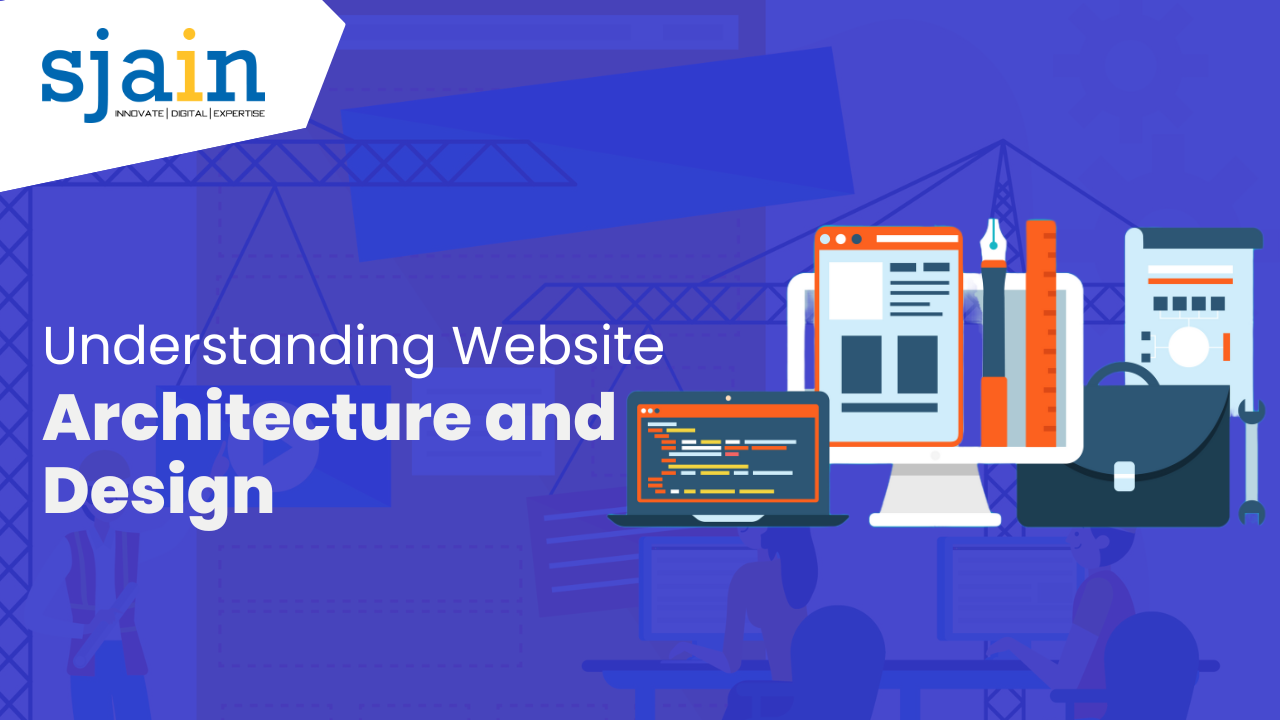Understanding Website Architecture and Design
In the digital age, having a website is essential for any business or individual looking to establish an online presence. However, creating a website is not as simple as it may seem. Understanding website architecture and design is crucial for creating a successful website that meets both user and search engine requirements. In this article, we will explore the key elements of website architecture and design and their importance in creating an effective website.
What is website architecture?
Website architecture refers to the structure and organization of a website. It includes the layout, navigation, and linking of web pages. A well-designed website architecture should make it easy for users to find the information they need and navigate through the site. It should also be optimized for search engines to ensure that the site is easily indexed and ranked in search results.
Why is website architecture important?
A good website architecture is crucial for a successful website. It helps to ensure that the site is user-friendly and easy to navigate. It also helps search engines understand the content and structure of the site, which can improve the site’s search engine rankings. Poor website architecture, on the other hand, can make it difficult for users to find what they are looking for and can negatively impact the site’s search engine rankings.
Key elements of website architecture
URL structure
The URL structure of a website is an important element of website architecture. It should be clear and descriptive, making it easy for users to understand the content of the page they are visiting. It should also be optimized for search engines, including relevant keywords and avoiding any unnecessary parameters or characters.
Navigation
Navigation refers to the menus and links that help users navigate through a website. It should be easy to use and understand, with clear and descriptive labels. It should also be consistent throughout the site, making it easy for users to find what they are looking for.
Site map
A site map is a page that lists all the pages on a website. It helps users and search engines to understand the structure of the site and find the information they need. A site map should be easy to navigate and organized in a logical manner.
Internal linking
Internal linking refers to the links between pages within a website. It helps to create a hierarchy of content and make it easier for users to navigate through the site. It also helps search engines understand the content and structure of the site.
What is website design?
Website design refers to the visual elements of a website, including the layout, color scheme, typography, and images. A well-designed website should be visually appealing, easy to read, and consistent throughout the site.
Why is website design important?
Website design is important because it can have a significant impact on how users perceive and interact with a website. A well-designed website can make a positive impression and increase user engagement. On the other hand, a poorly designed website can be confusing and frustrating for users, leading to a high bounce rate and low engagement.
Key elements of website design
Layout
The layout of a website refers to the arrangement of its visual elements. It should be easy to read and navigate, with a clear hierarchy of content. The layout should also be consistent throughout the site.
Color scheme
The color scheme of a website is an important element of its design. It should be consistent with the branding and style of the business or individual. Colors can also be used to create a mood or convey a message to users.
Typography
Typography refers to the style and formatting of text on a website. It should be easy to read and consistent throughout the site. Fonts should be chosen carefully to match the style and branding of the site.
Images and multimedia
Images and multimedia can enhance the design of a website and make it more engaging for users. They should be high quality and relevant to the content of the site. They should also be optimized for page speed to ensure that the site loads quickly.
Website architecture and design best practices
In addition to the key elements of website architecture and design, there are several best practices that should be followed to ensure a successful website.
Mobile responsiveness
With more and more users accessing websites on their mobile devices, it is essential for websites to be optimized for mobile. This includes using responsive design, which adjusts the layout of the site to fit the screen size of the device being used.
Page speed
Page speed is important for both user experience and search engine optimization. A slow-loading site can lead to high bounce rates and lower search engine rankings. To improve page speed, images, and multimedia should be optimized, and unnecessary code should be removed.
Accessibility
Website accessibility refers to the design of a website to make it usable by people with disabilities. This includes making sure that the site can be navigated using a keyboard, providing alternative text for images, and using proper headings and markup.
Conclusion
Creating a successful website requires a deep understanding of website architecture and design. A well-designed website should be easy to use, visually appealing, and optimized for search engines. By following the key elements and best practices outlined in this article, businesses and individuals can create a website that meets the needs of their users and achieves their goals.

